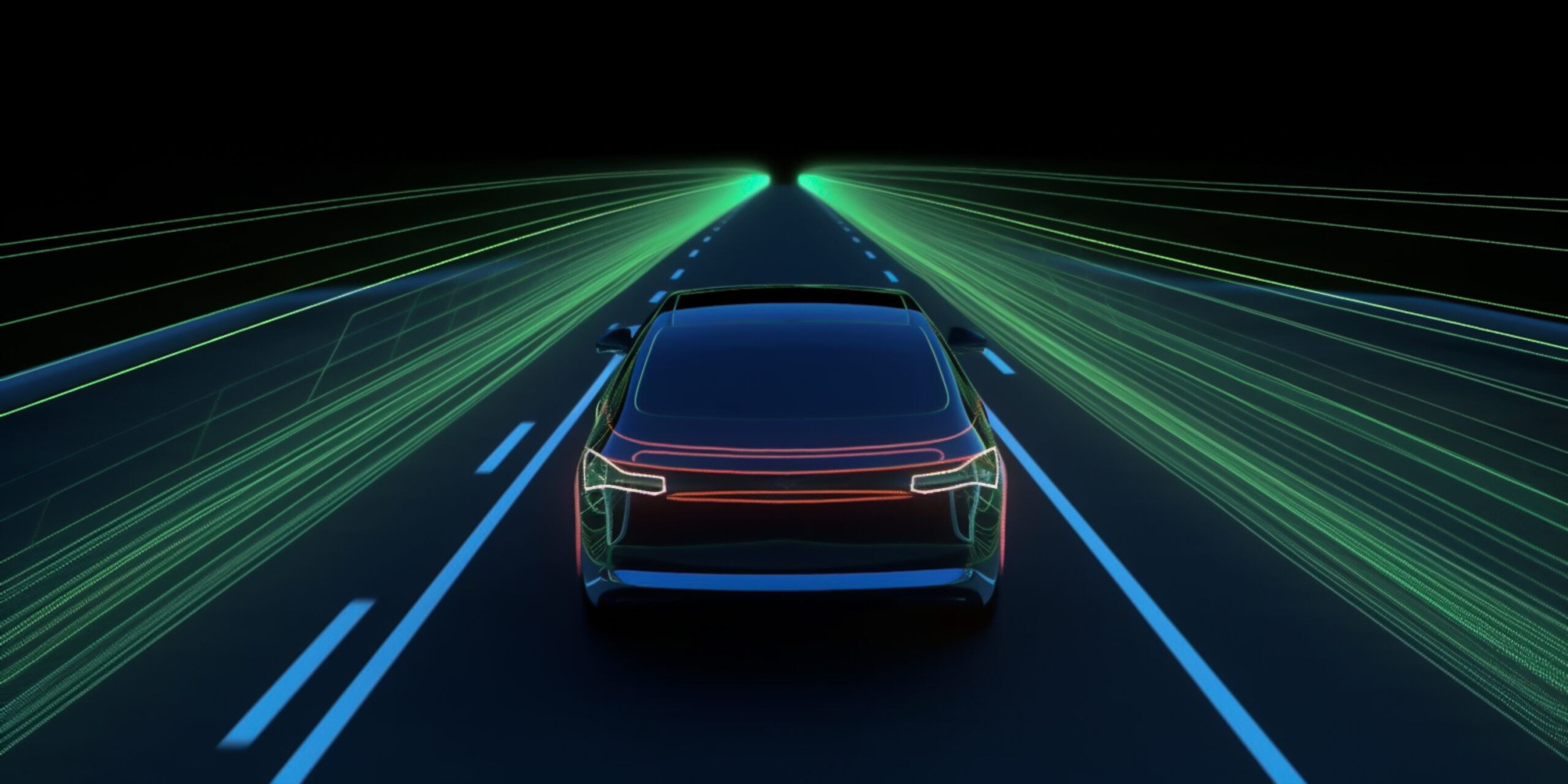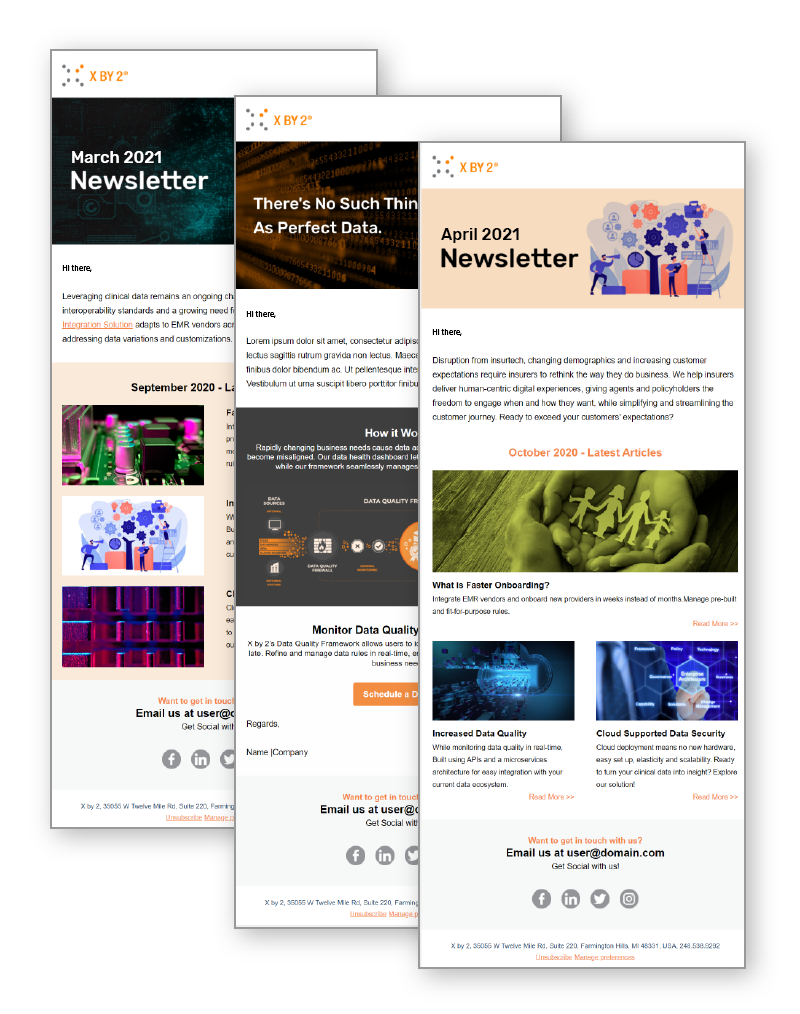The innovation around self-driving, autonomous vehicles is at a crossroads. Late last year, Cruise, GM’s autonomous vehicle subsidiary, paused all driverless operations following an accident. More recently, a Waymo self-driving car was set ablaze by the enraged public, illustrating possible societal hostility toward self-driving cars. While Cruise and Waymo feel the heat, Toyota-backed, Michigan-based self-driving startup May Mobility is riding the AV investment wave. While it’s unclear who will fold their hand and who will double-down, regulatory authorities are convinced that the game must go on — as evidenced by the continued state legislature debates around the complexities of deploying, testing and regulating self-driving vehicles.
As the industry wrestles with design, safety, regulatory and societal acceptance issues, the presence of autonomous vehicles across U.S. cities is anticipated to, at best, unfold over several decades. This longer transformative journey presents a unique opportunity for the auto insurance sector to reshape its traditional paradigms.
The Autonomous Impact
Autonomous vehicles inherently challenge the conventional risk model for insurers. Imagine a scenario where a consumer actively enjoys driving an autonomous car, but seamlessly hands control to the autonomous mode when they need to text someone. In this dynamic, liability could shift fluidly between the individual, manufacturer and even component vendors involved at the precise moment if an incident were to occur. The evolution of auto insurance policies is expected to shift toward blending personal and commercial lines, covering both the human driver and manufacturers based on contextual factors. Insurers will likely move from generic products to usage- or behavior-based, tailored products and coverages as they gain access to the rich driving data generated from autonomous vehicles. Multi-line insurers specifically will evolve home and business policies to factor in the risks of autonomous vehicles parking and driving near properties and businesses.
Auto insurers will inevitably reinvent the entire value chain, incorporating new capabilities to assess autonomous driving software, evaluate human-interface points, incorporate cybersecurity into risk models, process real-time IoT and telematics data and recognize patterns using AI algorithms. This requires the fundamental rearchitecting and modernization of insurance systems — including mainframe-based rating, policy, claims and billing systems — which are hard to wrangle in the age of cloud, modular design and microservices. Dynamic API-based technology integration, insurtech partnership and superior data analytics and ML capabilities will increasingly play a crucial role, touching every aspect of front-, back- and middle-office insurance business processes.
Reinventing the Insurance Sector
Insurance technology leaders already embrace the thankless task of managing complex infrastructures and technical debts while balancing sustainable changes to IT estates and business models. Recognizing the industry’s historical underinvestment in technology, many insurers are allocating substantial budgets to revamp core mainframe systems into agile, digital platforms. This reinvention is already underway for many insurers, and we expect more mid-market auto carriers will intensify their investments to upgrade technology, talent and culture. Insurance product management experts, underwriters and claims adjusters will need to acquire skills in data science, engineering and IT — accelerated hiring and training initiatives are imperative to build fundamentally new capabilities.
The idea of transforming the business and technology inside an insurance firm has become a perpetual exercise. The domain expertise and operating lines between Business and IT are blurring, requiring stakeholders and partners to be “bilingual” in their ways of working. While the road ahead for the sector’s talent, culture and technology will undoubtedly be challenging, insurance will remain a business of trust. Thus, tapping into data and technology becomes crucial to deliver on the brand promise. The increasing prevalence of autonomous vehicles is poised to reinforce and accelerate this symbiotic relationship. The exciting part is, despite the explosion of SaaS and AI, this period of auto insurance reinvention will propel the industry forward.





